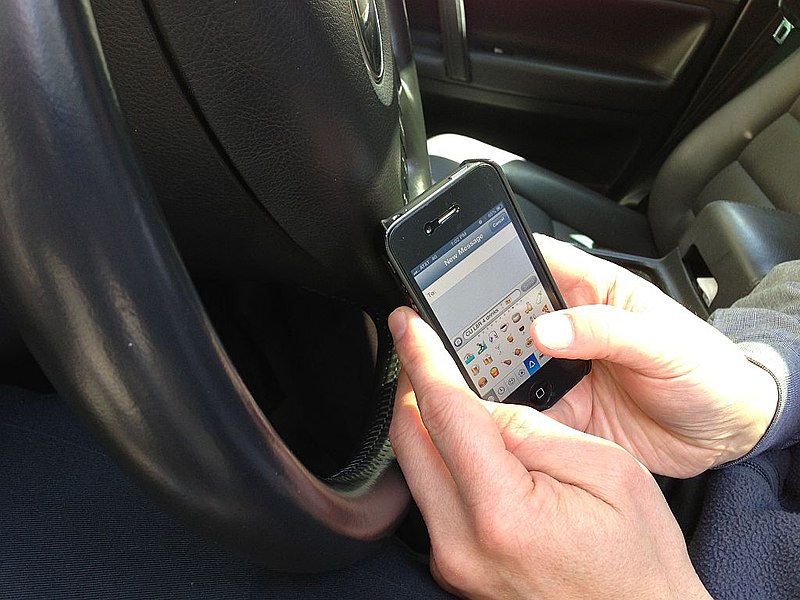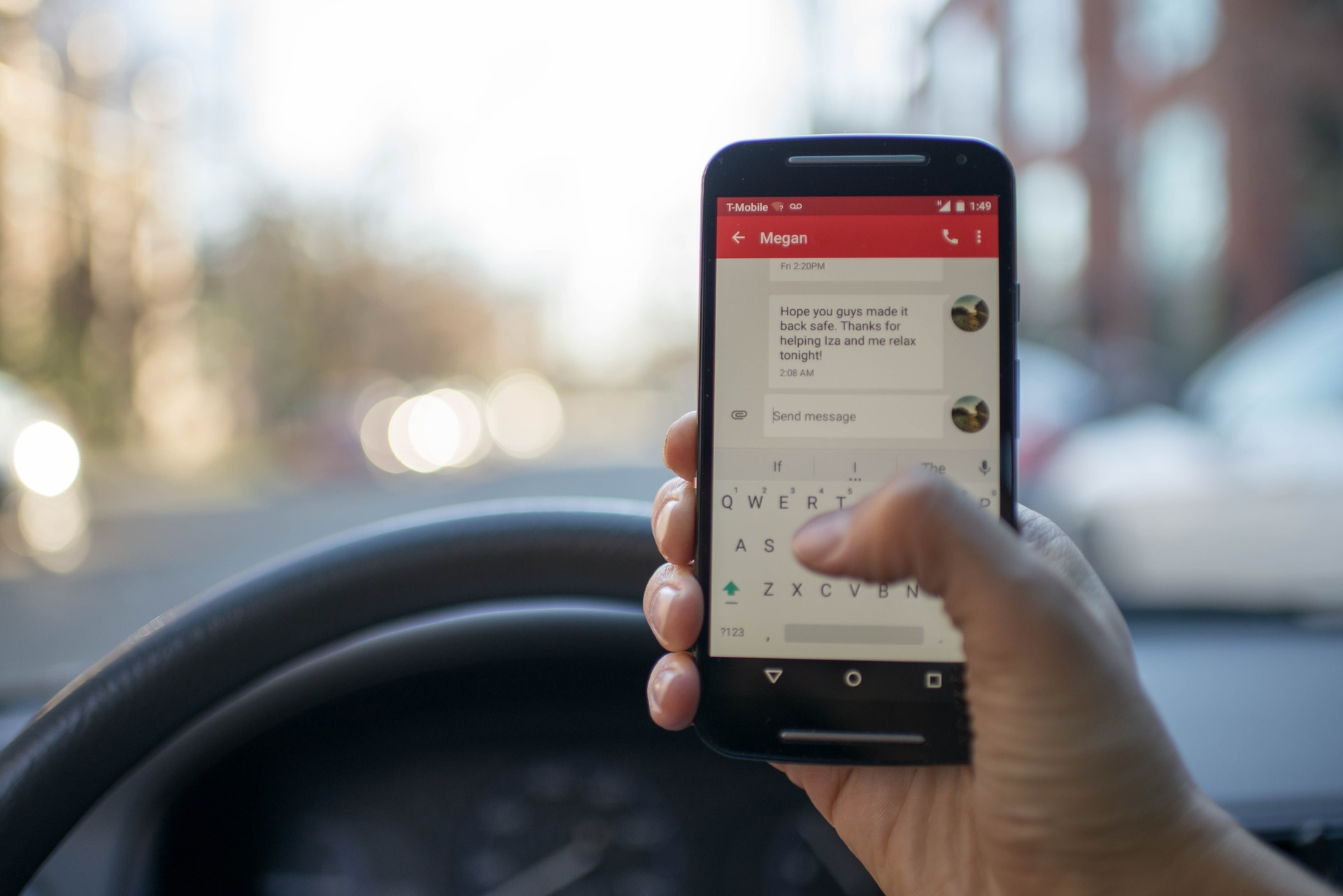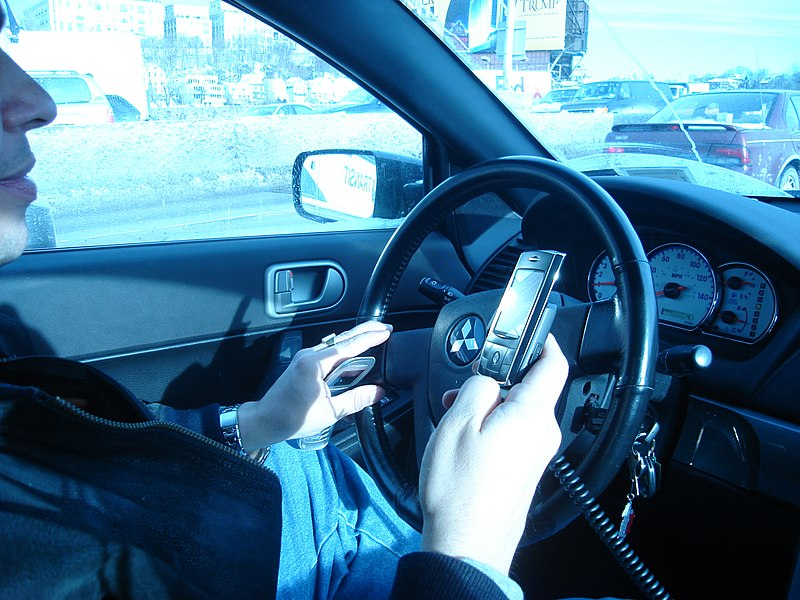Planning the Topic

To examine each of these steps more closely, this chapter provides a sample speech topic to demonstrate how the principles of persuasion theory discussed in Chapter 11 apply to Monroe’s Motivated Sequence as outlined above. Pretend a speaker wishes to deliver a speech to persuade audience members not to text and drive. After selecting a topic, the next step involves answering a number of questions that will help lay the groundwork for a persuasive strategy, and help compose significant portions of the speech.
Note to Self
Answering these questions can potentially help you head off a number of creative roadblocks later in the speechwriting process:
- What is the action you want your audience to take? Answering this question prevents a disastrous public speaking occurrence from unfolding. By definition, a speech to motivate others to act necessitates the inclusion of an action, and if you do not have 100% clarity on what that action entails, then you will run into major difficulties later on. For example, you may be passionate about speaking out against the death penalty and may want to persuade your audience that it does not belong in a civilized society, but what action do you recommend the audience take? As written, the topic works as a speech to influence others’ thoughts. If you had a petition for audience members to sign as a way to send a message to lawmakers, then it would become a speech to motivate others to act.

Example answer: I want my audience to stop texting and driving. Source: Intel Free Press, Texting while Driving (March 28, 2013), CC BY-SA 2.0 - Why do you want to deliver this speech? By answering this question, you discover your motivation behind the speech. By understanding your motivation to deliver the speech, you can better understand what motivations you may want to use to tap into your audience’s motivation. Answering this question also prepares you to establish your credibility within the Gain Attention (introduction) step.

Example answer: I was struck by a driver who was texting while driving, which resulted in my hospitalization and a six-month rehabilitation before I could walk again. Source: Damnsoft 09 at English Wikipedia, Head On Collision, CC BY 3.0 - Why does your audience need to take the action you propose? Be careful with answering this question. Many novice speakers approach this question by describing the benefits to their proposed actions, but that only answers the “what” of the speech, not the “why” motivating it. Benefits result from an action, they do not spark the driving force behind it; you need to understand the need behind your action. Ideally you will state this as the problem you will attempt to solve through the action you propose.

Example answer: Texting and driving, an all-too-common occurrence on roads today, drastically reduces driver attentiveness and creates life-altering hazardous driving conditions. Source: Photograph by StockSnap via Pixabay - How will your audience satisfy this need? Answer this question with your concrete, step-by-step set of solutions to the problem you established as a need. State not only your solution, but also specifically how the audience will enact this solution. Be detailed and clear.

Example answer: To stop texting and driving, my listeners will need to shut off their phones whenever they start their cars, put them away in the trunk or glove compartment, or pair their phone with a compatible Bluetooth hands-free system before putting it out of sight. Source: Photograph by jan3933 via Pixabay - If your action satisfies the need, then why is your audience not already doing it? Answering this question often guides the research approach for your proposed solution(s) and may require you to conduct an audience analysis survey. If you find your audience already does what you propose, then you may need to refine your topic.

Example answer: Using mobile technology to stay socially connected to others is remarkably addictive, and even the most moral person can find her or himself succumbing to the temptation of glancing down at a recently received notification. Source: Ed Poor, Hand held phone in car, CC BY-SA 3.0 - What obstacles will likely prevent your audience from doing what you propose and what counterarguments could you raise against those objections? As mentioned in question 5 above, audience members likely have reasons for not enacting your proposed solution, so prepare for those arguments. As mentioned in Chapter 11, you must not allow potential objections to take root in your audience’s minds, so you need to refute these objections early.

Example answer: “Checking a text only takes a second, and I’m a good driver.” Refutation: “According to a recent study, the average person glances at their phone for 5 seconds to check a message, and the average crash happens within 3 seconds of driver distraction.” Source: Photograph by reynaldodallin via Pixabay - What are the benefits of doing what you ask? Identify the benefits early, before you even write the speech. This may require some research and even a little creativity, but task yourself to identify the most tantalizing benefits possible for your audience. Also, consider what benefits may matter most to your specific audience members. Think critically about where their priorities lie and what motivates them.

Example answer: The benefits of putting your phone away while driving go beyond staying safe, as you will be able to feel free from distraction and worry. You won’t need to worry about your phone dinging every few seconds and feeling pressured to respond immediately. You will feel responsible and alert. Source: Kchorst, Bus Driver in Kigali Rwanda, CC BY-SA 4.0 - What are the consequences of your audience not acting on your proposed solution? Sometimes you may find covering the consequences of not listening to your advice can have far more impact than listing the benefits. Depending on the topic, you may struggle to list benefits, such as with the sample topic. In those instances, cover the negative aspects of the consequences individuals could face if they choose not to follow your proposed solution.

Example answer: Text messaging while driving puts you at a higher risk of getting into a serious crash. Nearly two million auto accidents a year are caused by texting and driving. According to the Virginia Tech Transportation Institute, texting while driving is six times more likely to cause an auto crash than driving when intoxicated. Source: Daniel Boothe, U.S. Marine Corps, Two-car collision in the USA, marked as public domain, more details on Wikimedia Commons
By identifying all eight of these responses, speakers can complete nearly half or more of the work involved in composing a motivational speech. They can now confidently compose a specific purpose, such as “My specific purpose is to motivate my audience to stop texting while driving,” as well as the central idea, such as “Texting and driving is dangerous, not only to yourself, but to all other drivers sharing the road with you.” From here the speakers needs only to fill in the blanks of the outline and starting working on the details within each of the five steps: Gain Attention; Need; Satisfaction; Visualization; and Call to Action.

